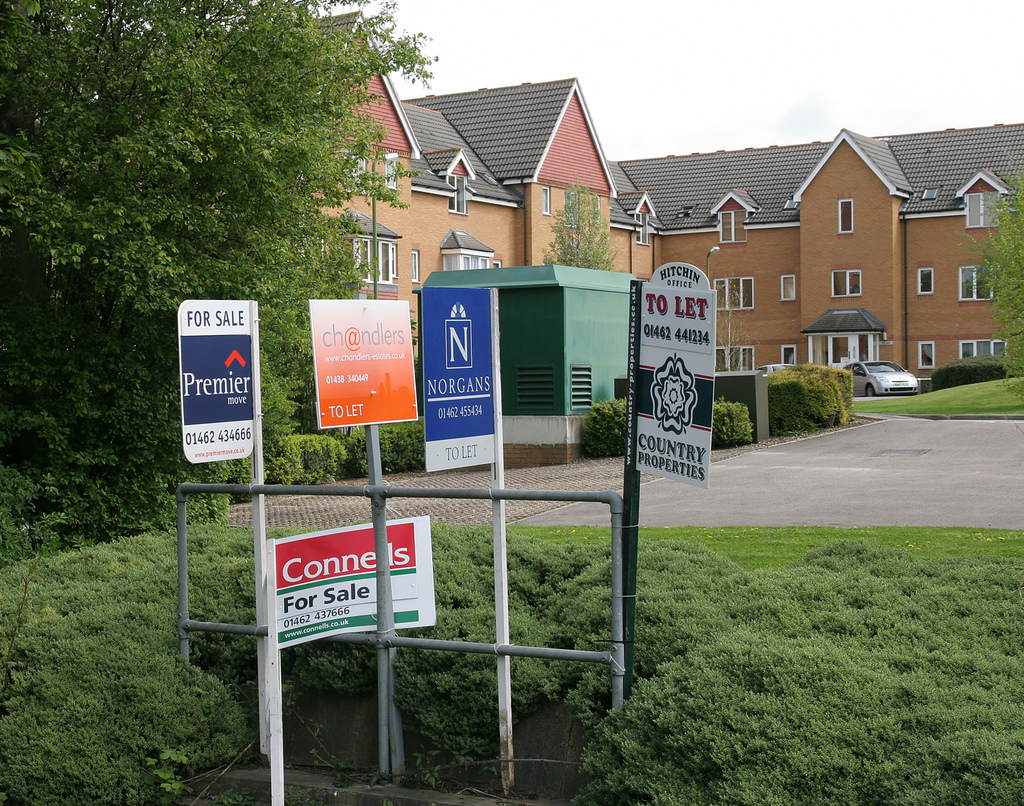
By Dr Jacob Salder, Department of Management, Birmingham Business School
Earlier this week, Dr Anandadeep Mandal wrote about what the manifestos say about the housing crisis this election, but I want to focus on what has been left unsaid.
Last year I finally took the plunge and bought a house. Generally considered a landmark moment in the life of any English couple, for my partner and I it was rather bittersweet. Sure, gone now are the days of having to live in sub-standard accommodation provided by literal rentier capitalists with little interest in investment in and upkeep of their estate. In place, we cross the threshold into a world of escalating additional costs for the upkeep of antiquated amenities (who knew about the collapse risks associated with chimney mid-feathers?) and the privilege of seeing large chunks of our income consumed by interest payments.
At risk of sounding like some entitled metropolitan liberal elite(!), becoming a homeowner has been underwhelming. The principal benefit has been the ability to install a catflap, allowing our Fred and Alfie free rein of the local rodent population rather than being cooped up all day when we’re out.
This freedom to do (largely) as one chooses with your residence is one of the principal benefits of owning a home. But the stark realisation of the costs associated, the huge interest repayments, and just what your money gets you has been a bitter pill to swallow.
As members of the non-capital classes (before last year, that is), we had to do it the old-fashioned way and save for a deposit. Based on average UK housing values, that’s currently £30k you need to come up with, let alone associated costs. But what was particularly demoralising during the saving process was each time we reached a stage we felt we had enough to seriously start looking, another super-optimal growth spurt occurred in the market. The implications here are the need to further delay the search to allow additional saving, or simply downgrade your expectations.
This got particularly disheartening during the pandemic. Having saved for several years already, my partner’s work situation meant we dipped into these reserves to get us through successive lockdowns. At the same time our dwindling nest egg was openly mocked by a resurgent property market adding an average 10% onto the value of a home during a public health crisis.
Whenever we hear discussions on the state of housing in the UK, we are often faced with a rather hackneyed set of causalities. Population growth exacerbated by ‘uncontrolled’ immigration alongside an ageing contingent too stubborn to die and free up much needed stock. Failures of the house building industry to actively meet requisite demand. An onerous and overly bureaucratic planning process which serves to actively dis-incentivise construction.
All these are material in the availability of housing. But this availability is often too easily conflated with affordability. And I don’t think there is enough attention paid in this debate to the latter question of affordability, and specifically what is driving this.
The pandemic should have illustrated the glaring elephant in the room. During a period of unbridled decline in output and earnings at the individual and collective level, a buoyant property market should, on paper, be unlikely. Yet values during this period surged and asking prices became a baseline rather than an aspiration. In the US, median housing value performed better than the median worker during the peak pandemic period. This was partly the result of a desperate need for more space as many families were faced with the ignominy of home working and home schooling. But also prevalent was the continuing growth in large scale institutional investors who see homes as an asset class rather than for their function.
This is nothing new. Many years ago, I attempted to learn to surf at Watergate Bay in Cornwall. The area had been recently regenerated, with Jamie’s ill-fated Fifteen restaurant a centre piece for new flat developments. At the time of the visit, I recall reading a story of a lady who had bought one of the new apartments feeling like she lived in a ghost building, the other flats rarely occupied as they had been acquired principally for investment purposes.
But alongside this form of financialisation has been the growth in competing lending markets looking to reconfigure business models on the back of the securitisation potential of property. And thus, the would-be domestic homeowner finds themselves not only competing with one another. They also face up to better resourced buy-to-let landlords, the market value of which grew by 88% between 2013 and 2022, and with developers themselves, seeking to maintain fixed asset registers through shared-ownership models growing as a share of the market.
We therefore seem to be left with a market which is shaped by investment over functional need. Which enables a wider set of vested interests to manipulate values and deliver securitisation of capital. And which pursues this to the disadvantage of those seeking to own their own home rather than surrender ever-increasing levels of revenue to the class which forced their exclusion.
Pressures on housing stock and limits of availability will inevitably have some impact on affordability. But placing this as the root cause of the escalating disparity between earnings and house prices risks oversimplifying a complex problem. One situated not in how we construct but how we finance and value housing. And this is a discussion perpetually overlooked in the policy debate.
- Find out more about Dr Jacob Salder
- Back to Social Sciences Birmingham
The views and opinions expressed in this article are those of the author and do not necessarily reflect the official policy or position of the University of Birmingham.
